
Outwitting the Crowds in Florence, Italy in Three Classic Museums
By Debra Smith

Have you seen the Far Side cartoon by Gary Larson that shows a fish in a trench coat taking the stairs beside a river, while all the other fish are struggling to swim upstream?
Crowds in Florence can make you feel like you’re fighting the current. Be the smart fish and visit these three Florence museums that are brimming with masterpieces, not tour groups.
National Museum of Bargello (Museo Nazionale del Bargello)
One of the oldest palazzos in Florence is now home to three floors of Renaissance sculptures and Gothic decorative art, much it gleaned from private collections.
The 13th-century building, with its original stone courtyard, impressive staircase, and defensive tower, was once the home of the mayor of Florence.
It then passed on to the Chief of Police (the bargello) and was a prison before it was restored as a museum in the mid 19th century.
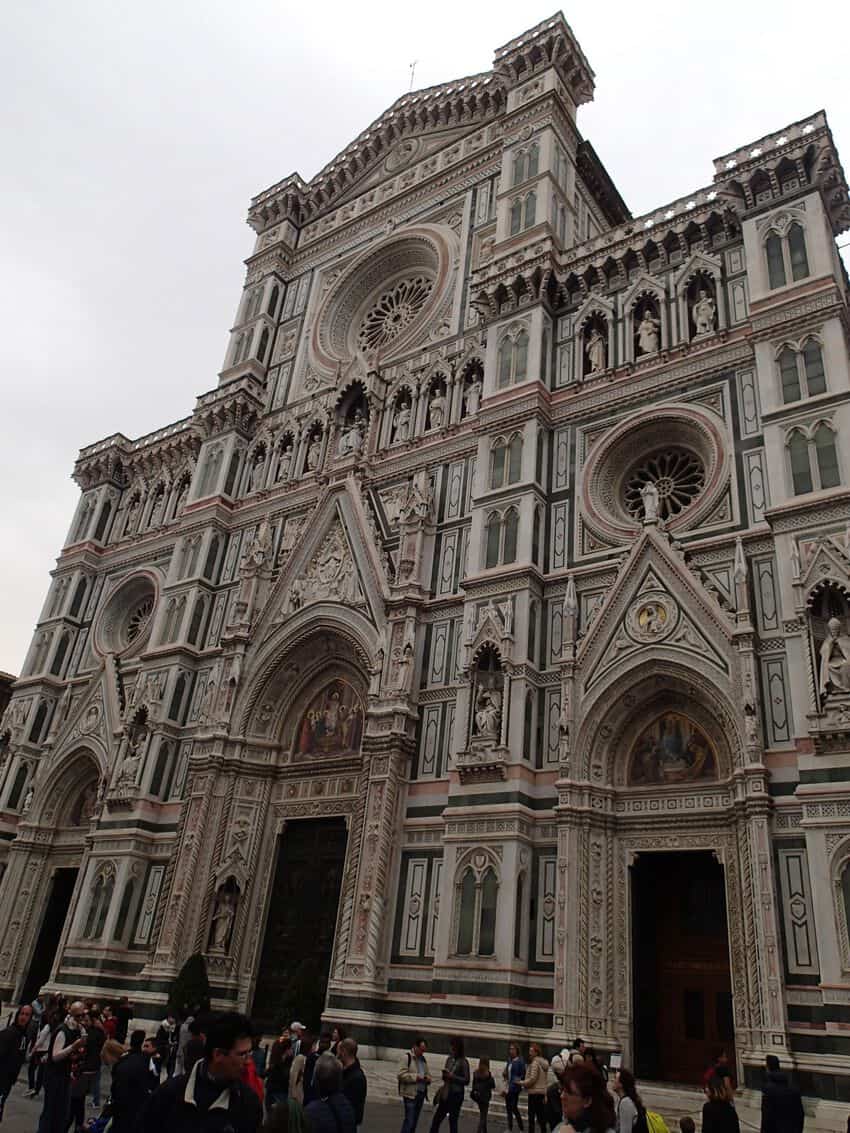
The fact that it was kept in almost pristine condition gives you the added bonus of feeling that you’ve stepped back in time once you enter the courtyard.
Most of the main floor is devoted to Renaissance sculptures, most notably four of Michelangelo’s early works, and a splendid bronze Mercury by Giambologna.
The staircase in the courtyard leads to a sheltered portico and a flock of startlingly realistic bronze birds, originally from the Medici Villa of Castillo.
Salone di Donatello
A hallway leads to the Salone di Donatello, where the first fully realized Renaissance bronze, Donatello’s delicate David, casually rests his intricately carved sandal on the head of a surprised Goliath.
The first free-standing male nude created since Roman times, the sculpture caused a stir when it was first shown in 1440.
You’ll be able to contrast this boyish figure in its laurel trimmed and beribboned hat with Michelangelo’s athletic David of 1501 when you see it in the Galleria dell ’Accademia, along with the crowds.
Carry on through the galleries to see the colorful tin-based glazed terracotta works of Luca, Andrea, and Giovanni Della Robbia.
These unusual pieces were disassembled and shipped across Europe like giant jigsaw puzzles. On the other end of the scale, there are rooms full of miniature sculptures and models, Venetian glass, Renaissance jewelry and several busts of prominent Florentines, who look as though they still have something to say, centuries later.
Opera Duomo Museum (Il Grande Museo Del Duomo)

Tucked behind Florence’s centerpiece, the massive Cathedral of Santa Maria del Fiore (the “Duomo”), is the Opera Duomo Museum, a former cathedral workshop originally built in 1891.
Pass through the unassuming, and often overlooked entrance, and you’ll find a modern state-of-the-art museum that will thoroughly prepare you for this UNESCO World Heritage site.
Over the centuries, like the Florence Duomo, the Baptistry of San Giovanni, and Giotto’s Bell Tower underwent design changes, the works of art that decorated them were stored here.
| Take the Secret Duomo Tour |
In 2017, pieces that had been removed, replaced or needed protection from the elements were organized into 25 rooms over three levels.
They trace the history of the cathedral, its religious artwork, and the technical aspects of building Brunelleschi’s famous dome and replacing the façade.
One of the most impressive rooms is the Salone del Paradiso (Hall of Paradise)

which is a life-size, three-story recreation of the ornate façade that was torn down in 1587, complete with the original statues and carvings as they would have appeared at that time.
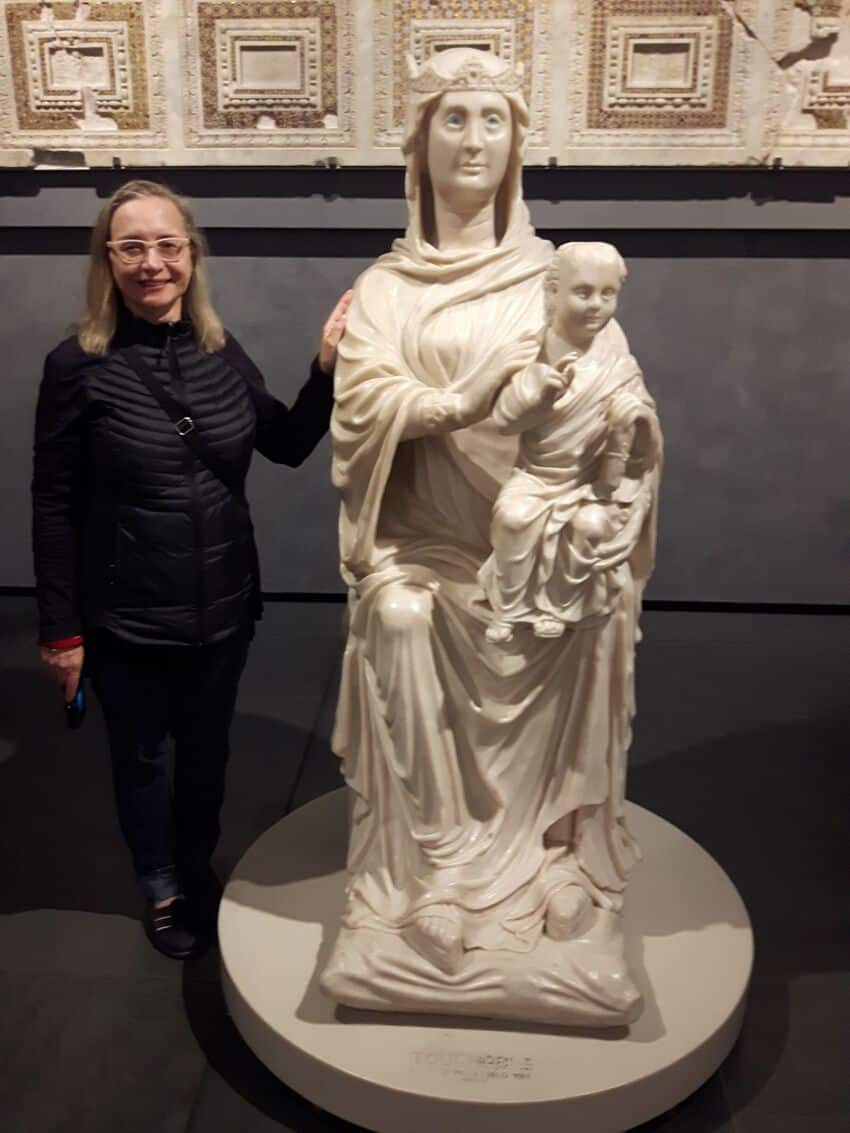
It also contains Ghiberti’s famous gold doors to the Baptistry, known as the Gates of Paradise, completely restored and gleaming as they did in 1401.
You may also have the pleasure of being alone in an unadorned room dominated by Michelangelo’s Pieta, giving you the opportunity to observe the master’s work at close range.
Models and Info about the Dome
From the sheer beauty of artworks like Donatello’s ravaged wood sculpture of Saint Mary Magdalene to models and films that explain the building of the dome, this uncrowded museum provides insights into the melding of religious art and architecture.
In addition, your ticket provides access to all the monuments and you can reserve your timed entry to climb the dome and the bell tower at no additional cost.
The museum often partners with other venues across the city to give visitors access to other exhibitions. Check with the ticket office for this option.
The Medici Chapels (Museo delle Cappelle Medicee)
The church of San Lorenzo has three areas that you’ll want to visit; Michelangelo’s sculptures in the New Sacristy, the ornate Chapel of the Princes and the crypt.
Although you’ll find it hard to escape the throngs that push in to see Michelangelo’s sculptures, you may have better luck finding some semi-alone time in the crypt of the church.

In addition to the intricate carved silver and gold reliquaries, which are well worth a look, there is another reason to visit this part of the Medici chapels.
Keeping all the Museum Treasures in Florence
Above her tomb is a seated statue of Anna Maria Luisa de ’Medici, the only daughter of Cosimo III and the last of the Medici line. You may want to pay your respects as you gaze upon the “wise princess” of Florence.
When the entire fortune of the House of Medici came into her hands in 1737, she had the foresight to create the Patto di Famiglia (Family Pact). In it, she left the entire personal property of three centuries of the Medici family, one of the finest art collections in the world, to the Tuscan state, with the provision that nothing was ever removed from Florence.
By doing so, she kept Florence’s treasures from being sold off by the bankrupt Lorraines of Austria who became the next rulers. Not only did she secure Florence’s future, but she also had every item cataloged so that “ornaments of the state for the use of the public” would continue to “attract the curiosity of foreigners”.
So, as you battle through the mostly unavoidable crowds to gaze at the masterpieces in the many galleries and top museums of Florence, remember Anna Maria Luisa, who made it possible for you to see them all. Entrance to all Medici museums is free each year on the anniversary of her death, February 18th.

Debra Smith lives in Calgary, Canada with her husband and her cat who acts like a dog. Follow her adventures on Instagram @where.to.lady
- Mongolia, the Land of Eternal Blue Sky - April 20, 2024
- These 9 U.S. National Parks Require Reservations in 2024 - April 17, 2024
- Take a Hike in Olympic National Park - April 17, 2024


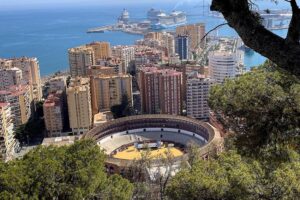
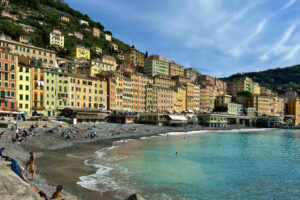
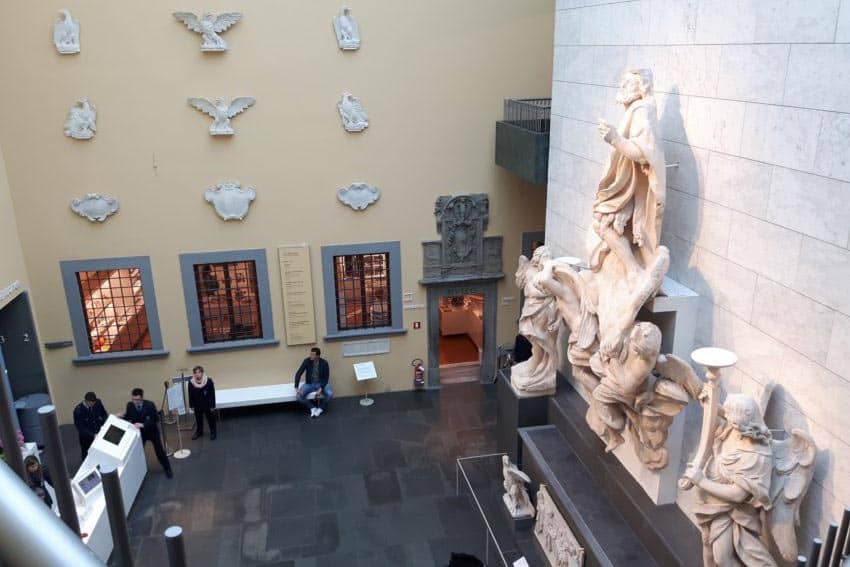
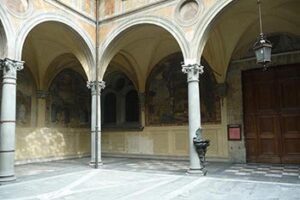
If you are an art lover probably wherever you go, you want to always visit art galleries. The National Art Gallery of Tirana in Albania it is not only cultural but also inspirational. Definitely a must-visit!!